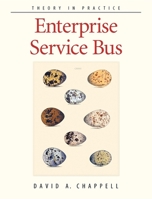Tips on Cardplay - Mike Lawrence Bridge Tips
Select Format
Select Condition 
More by David A. Chappell
Book Overview
No Synopsis Available.
Format:Paperback
Language:English
ISBN:1771400226
ISBN13:9781771400220
Release Date:November 2015
Publisher:Master Point Press
Length:296 Pages
Weight:1.00 lbs.
Dimensions:0.8" x 5.4" x 8.4"
Customer Reviews
3 customer ratings | 3 reviews
There are currently no reviews. Be the first to review this work.

























